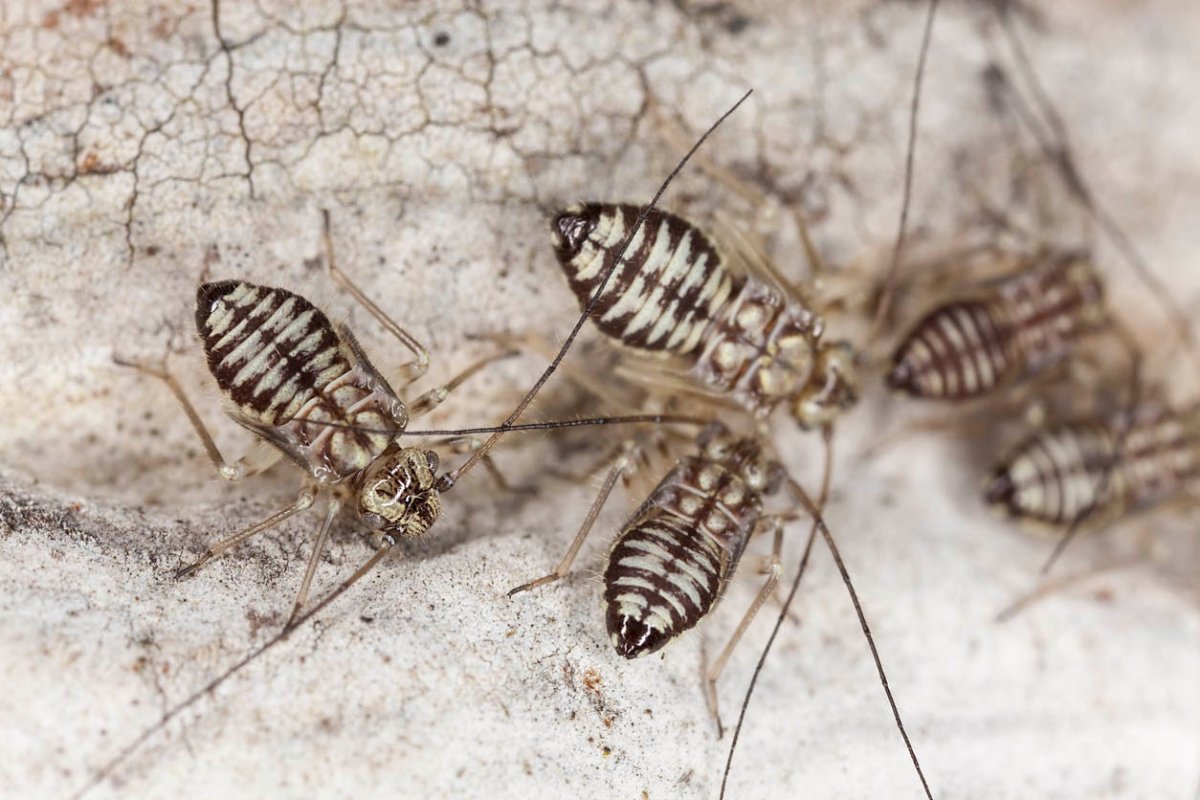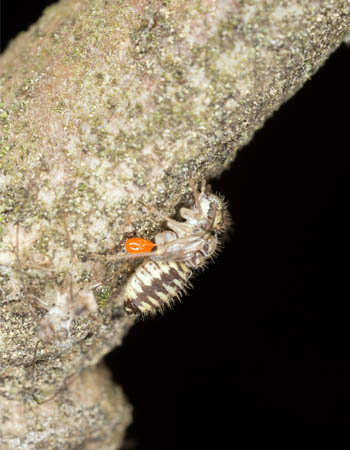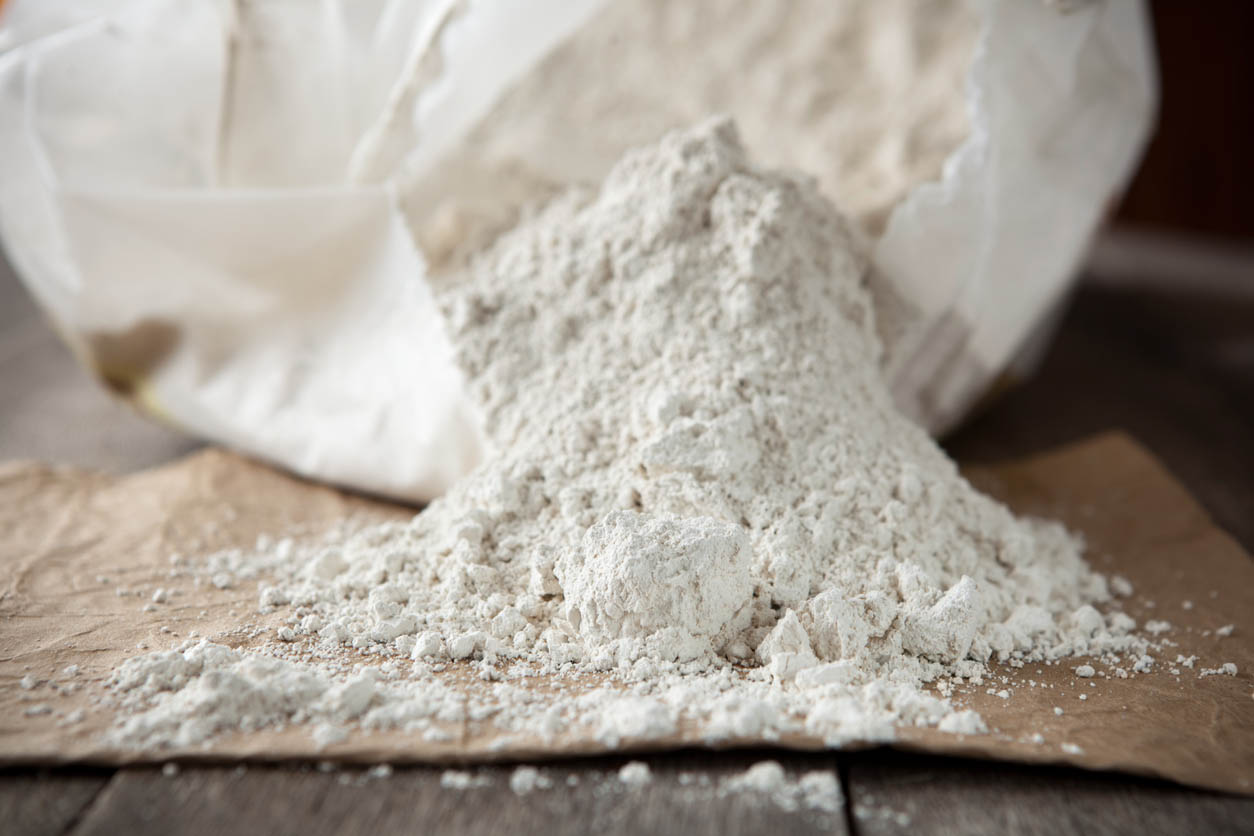

We may earn revenue from the products available on this page and participate in affiliate programs. Learn More ›
Books can be used in several ways in the home, sometimes as decor on a bookshelf or as reference materials in a library. Vintage books can also be repurposed for use in craft activities for creative decor. However, older books can also attract unwanted insects such as booklice, which inhabit moist areas and feed on mold and mildew. If you need to know how to get rid of booklice, the following steps can guide you through the process. Getting rid of the lice is usually successful—but uncovering booklice could also mean a mold issue, which might require professional attention. With these tips, you’ll be able to identify the areas most susceptible to booklice infestation and learn how to prevent the problem.
Time required: 1 to 3 weeks
Difficulty: Beginner
Estimated cost: $10 to $30
Tools & Materials
Bobvila.com may earn a commission from purchases made through these links.
Before you begin…

The name is misleading: Booklice aren’t actually lice, and they’re also known as “psocids.” Psocids feed on mold and fungi on decaying organic material. Psocids are common in humid climates or poorly ventilated homes. You may find psocids on or near damp cardboard boxes, books, papers, wood, and leaking sinks. Booklice aren’t inherently dangerous, but they can be a nuisance. They also signal a more significant moisture issue, which is worth addressing before it causes more damage.
Tips for How to Get Rid of Booklice
- Identify any areas where booklice are present or may become present.
- Eliminate humid conditions and clean mold and mildew from infested areas.
Safety Considerations
- Use gloves when spraying or scrubbing with strong substances.
- Keep children and pets away from desiccants like silica or diatomaceous earth. Ingesting silica can cause gastrointestinal upset in animals. Inhaling silica or diatomaceous earth can cause irritation or more severe issues in both animals and humans.
- Contact a mold remediation specialist if mold covers a large area of the home. Individuals with asthma, allergies, breathing problems, or immune issues should avoid handling the mold themselves, no matter how small or large the affected area is.
STEP 1: Inspect the areas where you’ve seen booklice, and identify moisture sources.
Booklice survive in humid conditions, so it’s common to find them in damp or moldy areas of the home. They feed on mold on decaying organic material like paper, so you’ll often see them in books or stacks of old documents. Once you’ve spotted them, investigate the surrounding area to determine the scope of the infestation. Look through all of a book’s pages or the entire stack of documents. Despite their name, booklice don’t only feed on paper; they might also take up residence in a container of oats or near a dripping pipe. Once you’ve identified the extent of the infestation, check for any nearby moisture sources. Is there condensation on a window near a bookshelf, or did something leak in the pantry? Once you’ve determined the source of moisture or humidity, it’s easier to take the following steps.

STEP 2: Dispose of any infested items.
Any food material, paper items, or storage boxes with booklice infestation should be appropriately disposed of once the pests are discovered. These items are nearly impossible to clean thoroughly, and leaving them in your home is an invitation for booklice to return. In the pantry, booklice may be attracted to any moisture that’s gotten into the food, or it’s possible that dampness could be disintegrating a cardboard container. Repackage any undamaged food in secure plastic, metal, or glass containers to reduce the risk of booklice or mold infestation while you control the issue.
STEP 3: Ventilate and dehumidify the infested area.
The primary way to ensure booklice don’t return is to improve the humidity in the home. This can be as simple as opening up some windows to increase airflow or investing in a dehumidifier. You can also turn down the air conditioner by about 50 percent to help dehumidify the area. The extent of the infestation, the time of year, and your comfort level will dictate how much dehumidifying power is needed.
STEP 4: Clean with borax or enzyme-based cleaners to remove all traces of mold and mildew.
Because booklice feed on molds, eliminating their food source will keep them from returning to the inhabited space. If you’re dealing with small mold patches, cleaning infested areas with borax or enzyme-based substances will eliminate the mold or mildew. Borax is also an effective insecticide, so it may kill any booklice that remain. Use a soft scrub brush and wear rubber gloves to protect your skin. Ensure that your home maintains good ventilation, and lower humidity levels to keep the mold from returning.

STEP 5: Use desiccants like silica or diatomaceous earth to dry out the infested area.
Silica aerogel and diatomaceous earth can dry out wet or humid areas that booklice are attracted to. To help dry out the infested area, spray or sprinkle these desiccants in cracks, crevices, and crawl spaces to dry out the area. It’s advised to keep children and pets away from areas where silica or diatomaceous earth are applied.
STEP 6: Contact a professional to address any moisture issues.
If booklice are a recurring issue, they may signal that there’s a bigger moisture problem at hand. If booklice are present in the basement, you might need basement waterproofing or a sump pump. If booklice infest other areas of the house, a whole-house dehumidifier or window repair might be required. An expert can locate the areas of your home that need attention and will come up with a plan to eliminate the moisture—and the booklice—once and for all.
While booklice themselves aren’t dangerous, the presence of any bugs can be a nuisance—and they can signal a more significant issue within a home. With these steps, you can keep your home free from annoying insects and prevent discomfort and potential damage from moisture and mold.
